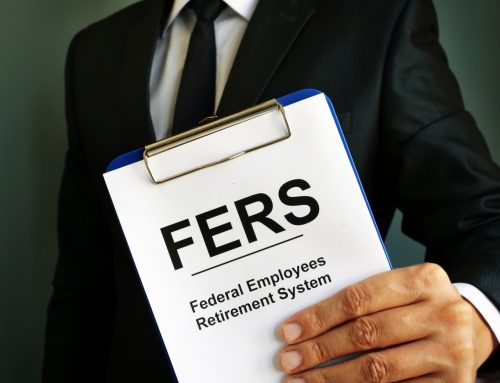
For Federal government retirees, time in service is one of the most critical elements in determining when they can retire and how large their annuity payments could be. The good news is that a few situations can improve those numbers and make your retirement outlook a bit rosier.
Military Time Buyback
Many federal employees have a full-time military service background or are involved in the National Guard, and some even have both. OPM offers a military service buyback for these employees, extending their service date and increasing their pension annuity. This buyback can allow an employee to retire much earlier, with a significantly larger annuity.
Like most good things, this increase in service time isn’t free. The fee for the buyback is 3% of your total basic pay from your time in service with the military. There is also an interest rate calculation if you buy back your military service after your first three years in your new government job.
Another potential cost of buying back full-time military service is the loss of your military pension. Because of this, you might want to wait to buy back until the last year before separation, so that you can collect your pension benefits as long as possible. However, you can repurchase active-duty Reserve and National Guard service time without losing your pension from these sources.
Sick Leave Transfers
After some final legal edits to the policy that happened in 2014, sick leave time can now be added to your credible service time, increasing your annuity. Be aware that this addition does not affect your retirement eligibility.
Because of differences in how TSP calculates your annuity versus OPM, a sick leave day counts as six hours. Be aware that this transfer of sick leave is only applied in month and year increments. Keeping this in mind should help you manage your available time off.
Annual Leave Cash-In
This new benefit won’t affect your retirement eligibility or your annuity, but it offers a large lump-sum payment to those with unused annual leave. OPM provides a salary-based hour-for-hour payout for unused leave taken the year of your retirement. Because an employee can roll over about 30 hours from the previous year, most people can maximize this benefit at 50 hours if they retire at the end of the leave year.
The OPM processing backlog is one thing to watch out for when setting a retirement date at the end of the leave year. Because so many people choose this option for their retirement date, the volume of applications can take up to six months to work through before your full annuity payment begins. You may need to have some savings lined up to help you through this time.
Conclusion
Wisely applying these benefits to your situation is one of the keys to maximizing your retirement income. At Federal Retirement Experts, we specialize in ensuring that government employees have all the tools they need to make the best decisions for themselves and their families. Contact us today to get started.










